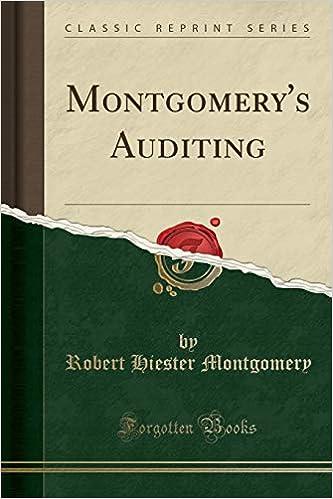Atlantic Airlines Atlantic Airlines issued $100 million in bonds in 2015. Because of the firms low credit rating (B3), the bonds were considered to be
Atlantic Airlines Atlantic Airlines issued $100 million in bonds in 2015. Because of the firms low credit rating (B3), the bonds were considered to be junk bonds. At the time of issue, the 20 year bonds were paying a yield of 12 percent. Investor Tom Phillips thought the yield on the bonds was particularly attractive and called his broker, Roger Brown, to ask for more information on the debt issue. Tom currently held Treasury bonds paying four percent interest and corporate bonds yielding six percent. He wondered why the debt issue of Atlantic Airlines was paying twice that of his other corporate bonds and eight percent more than Treasury securities. His broker, Roger Brown had been a financial consultant with Merrill Lynch for 10 years and was frequently asked such questions about yield. He explained to Tom that the bonds were not considered investment grade because of the industry they were in. Bonds of airlines are considered to be inherently risky because of exposure to volatile energy prices and the high debt level that many airlines carry. He further explained that they frequently were labeled junk bonds because their rating did not fall into the four highest categories of ratings by the bond rating agencies of Moodys and Standard and Poors. Questions from Tom Phillips This explanation did not deter Tom from showing continued interest. In fact, he could hardly wait to get his hands on the 12 percent yielding securities. But first, he asked Roger, What is the true risk and is it worth taking? Roger explained there was a higher risk of default on junk bonds. It sometimes ran as high as 2-3 percent during severe economic downturns (compared to .5 percent for more conventional issues). Roger also indicated that although the yield at the time of issue appeared high, it could go considerably higher should conditions worsen in the airline industry. This would take place if the price of oil moved sharply upward or people began flying less due to a downturn in the economy. Roger explained that if the yield (required return) on bonds of this nature went up, the price of the bonds would go down and could potentially wipe out the high interest payment advantage.
Required
1.If the yield in the market for bonds of this nature were to go up to 15 percent due to poor economic conditions, what would the new price of the bonds be? They have an initial par value of $1,000. Assume two years have passed and there are 18 years remaining on the life of the bonds. Use annual analysis.
2.Compare the decline in value to the eight percent initial interest advantage over Treasury bonds (12 percent versus four percent) for this two year holding period. Base your analysis on a $1,000 bond. Disregarding tax considerations, would Tom come out ahead or behind in buying the high yield bonds?
3.Recompute the price of the bonds if interest rates went up by only one percent to 13 percent with 18 years remaining. Does the 8 percent interest rate advantage over the two year holding period cover the loss in value?
4.Now assume that economic conditions improve and the yield on similar securities goes down by 2 or 3 percent over the two years. How does Tom come out? Merely discuss the answer. No calculation is necessary. 5.If Tom holds the bonds to maturity (and there is no default), does the change in the required yield in the market over the life of the bond have any direct effect on the investment?
Step by Step Solution
There are 3 Steps involved in it
Step: 1

See step-by-step solutions with expert insights and AI powered tools for academic success
Step: 2

Step: 3

Ace Your Homework with AI
Get the answers you need in no time with our AI-driven, step-by-step assistance
Get Started


